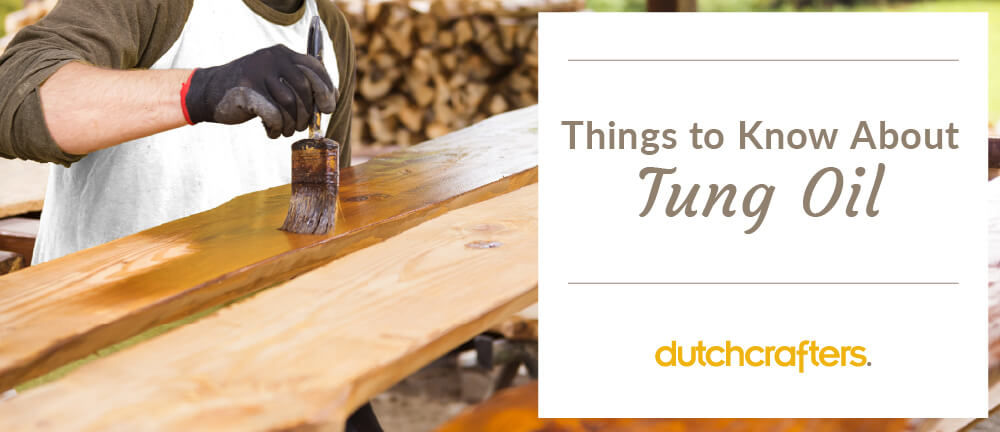
Things To Know About Tung Oil
There are lots of things to know about tung oil. Part of the beauty of having wood furniture is the natural beauty of the wood. Sure, solid wood offers durability and support, but wood looks beautiful, showcasing a unique grain pattern from the tree it came from. Bringing out that beauty is the job of the stain and finish, and those familiar with woodworking know that the finish can make or break a piece of solid wood furniture. So, here’s where tung oil comes in. It’s another option for finishing wood, protecting it and bringing out the natural beauty. But how? Is it safe? What is it used on? Ah yes, there are things to know about tung oil.
What is tung oil?
Tung oil came on the scene thousands of years ago, with its origins in ancient China. Also known as China wood oil, it’s a natural drying oil that comes from tung tree nuts, specifically the seeds inside the nuts. The nuts are pressed to extract the oil. When exposed to air, tung oil will harden, creating a transparent, almost wet look. It resists water and does not drastically darken with age. Tung oil is an environmentally friendly product, containing no metals, additives or distillates, and it was used for centuries to create a water resistant finish for boats and other wood objects.
What is tung oil used for?
Tung oil is used as a finish to help protect wood. Woodworkers use it to create a hand-rubbed finish. It is used on wood furniture, boat decks, flooring, unfinished wood, weathered wood, concrete floors, countertops, stone, bamboo, brick, cabinetry, musical instruments and wood toys.
Tung oil does not just sit on the surface of the wood. It permeates deep into the fibers of the wood and becomes part of it, and once it cures or dries, it creates a lovely non-oily finish. When used as a finish for wood furniture, it slowly cures to reveal a golden honey colored tint. Pure tung oil will not discolor over time.
How does tung oil compare to stain?
Both tung oil and stain help enhance the look of the wood’s natural characteristics, and they both provide protection. Tung oil is not the best choice for furniture that will see heavy use, but it will bring out the natural beauty and texture of the wood grain. Stain enhances the color and tones of the wood in addition to accentuating the wood grain. Stains will need a topcoat of varnish for added protection.
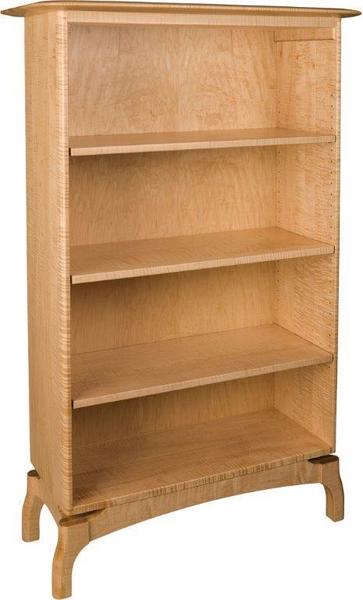
Tung oil characteristics
Tung oil is loved for the fact that it’s “green,” and all natural, containing no VOCs. It offers a natural look and won’t create a glossy one, and it won’t darken or mold.
- Protects surfaces
- Resists moisture
- Brings out beauty of wood
- Flexible and durable finish
- Will not mold
- Faster drying time than other oils
- Does not need a sealer on top as tung oil naturally seals and protects from water
- Pure tung oil finish is easy to clean
- Cures to a lovely matte finish, not a heavy gloss
- Eco friendly, offering a “green” environmentally friendly finish with no VOCs (volatile organic compounds)
How to apply tung oil
Using tung oil as a finish requires several applications. It’s time consuming and requires a good deal of patience. For furniture items, it’s best done by someone experienced with finishing wood.
When deciding to apply tung oil, if you’re adding it to an older piece of wood furniture, the old finish should be removed before applying the tung oil.
How much tung oil you will need depends on how porous the surface is. Wood will absorb a lot of oil and needs several coats. Sanding is not needed between application of coats. Here are steps to follow when applying tung oil in addition to any package instructions.
- Clean the surface and remove any grease, dust, dirt, debris, etc.
- If necessary, remove any existing finish (tung oil can be applied to a clean surface or over another coat of tung oil).
- If thinning the oil is needed, thin the oil for easier application and quicker drying time (follow all product package instructions for thinning). Citrus solvent or odorless mineral spirits are eco-friendly thinner options. Highly absorbent surfaces like weathered wood will not need thinning.
- Apply first layer of oil using a foam brush or soft lint free rag. Apply generously as the goal is for the oil to saturate and absorb. Apply evenly.
- Once first coat is absorbed, apply a second coat.
- Wait 40 minutes between applications of oil and continue with coats until the majority of the surface maintains a glossy look for at least 40 minutes, likely indicating the wood has been saturated.
- The number of coats needed can vary, with decorative items requiring up to four coats and surfaces that will be used a lot (walked on, handled etc.) taking five coats or more.
- Once the wood won’t absorb any more oil, take a rag to wipe off any excess oil that’s pooled or puddled.
- Next the process of curing (drying and hardening) begins. Let this happen at room temperature. Curing will occur faster in warmer temperatures. This is a lengthy process for tung oil. It can take a week to get started and take up to 30 days to fully cure. Monitor the piece the first 10 days, wiping off any excess oil that collects. No additional sealer is needed as the tung oil naturally seals and offers waterproof protection.
Tung oil challenges
While the all natural composition and attractive finish are tung oil plusses, it’s important to remember that it does present some challenges. Keep the following in mind when opting to use tung oil.
- Application and curing of tung oil takes time and requires even application.
- Additional applications are recommended to maintain to coat, once every six months or once annually depending on what you are finishing.
- It is not odor free. Tung oil has a natural nutlike odor to it.
Tung oil and butcher blocks
Food grade tung oil can be used on butcher blocks and cutting boards as well as countertops and wooden bowls. It is safe for food contact approved by the FDA. Tung oil can help protect butcher block tops, countertops and cutting boards from mold and mildew; just be sure you are using food-grade tung oil.
Tung oil vs. linseed oil
Linseed oil comes from flax seeds. It’s cheaper than tung oil and dries faster. While linseed offers a lovely finish, tung oil is ahead of linseed oil in hardness, durability and water resistance. Neither will spoil. Tung oil will not darken as much as linseed oil.
Tung oil offers a great option for an eco-friendly natural, beautiful finish and must be applied properly for the best results.

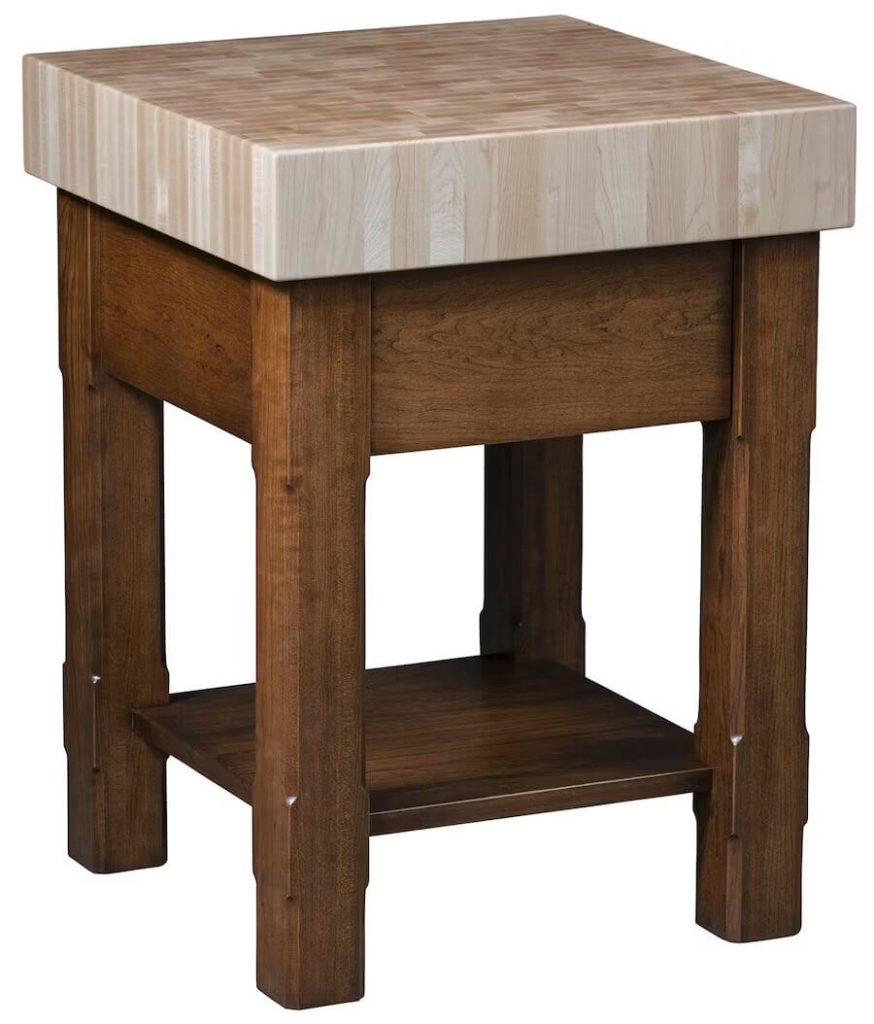
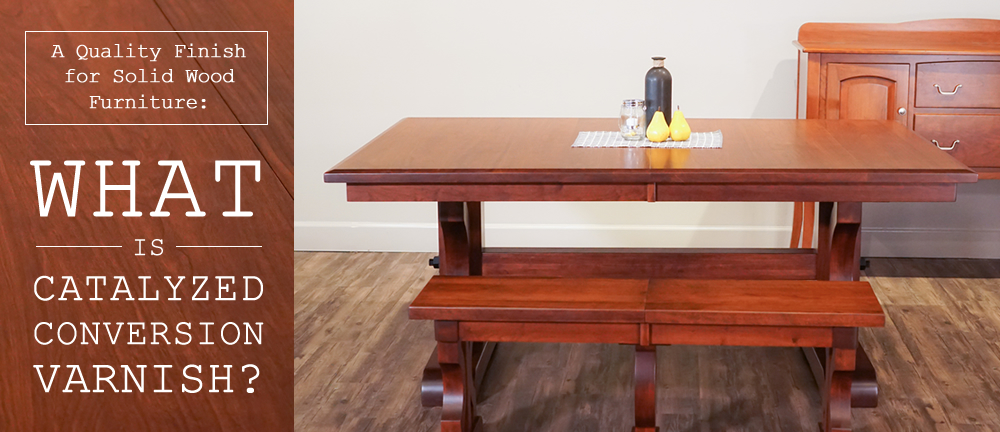
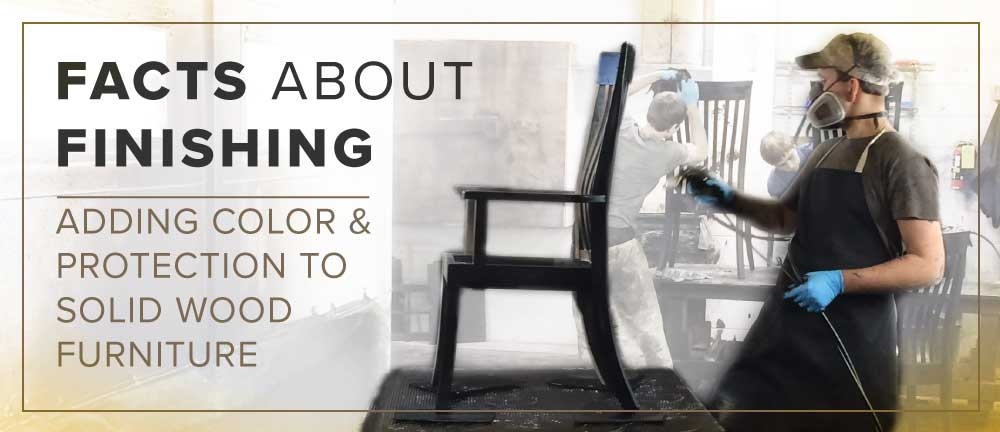
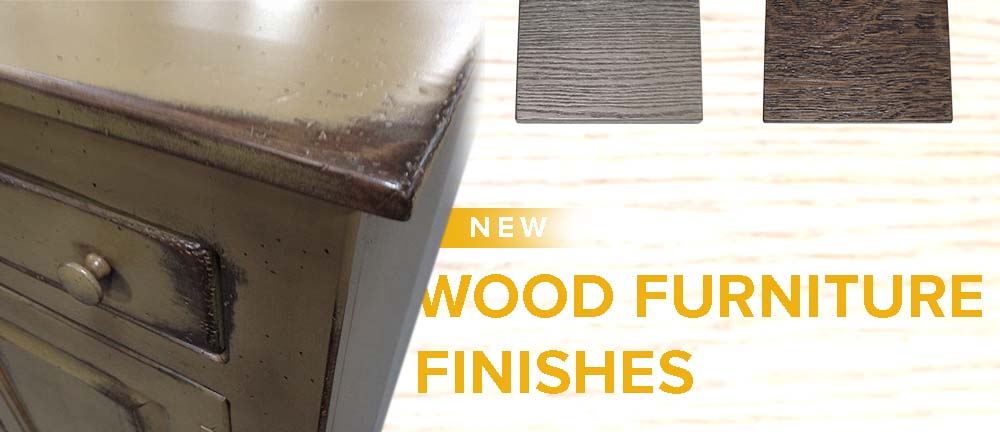
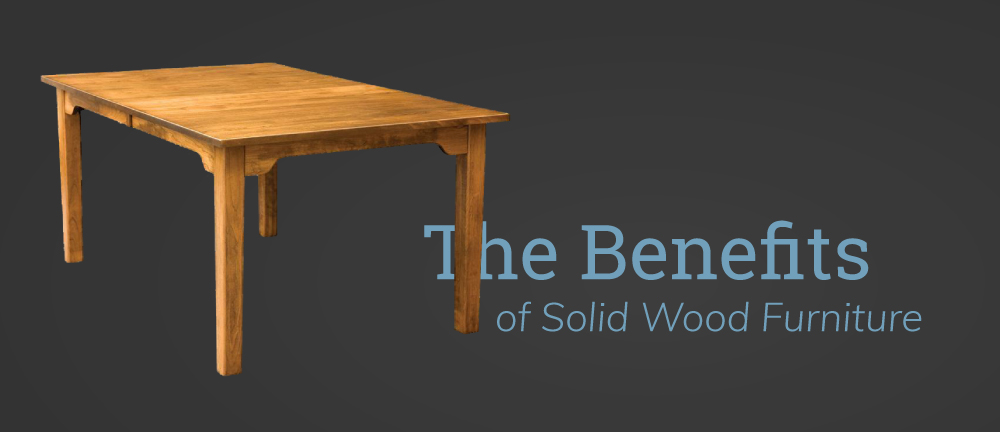
Dear Beth,
Your knowledge of wood is obviously extensive, hopefully you can give me some insight for a project. I have a table that is either redwood or cedar, about 20 years old or more and has been indoors until the past 2 months. We are now keeping it outside all year and live in Honolulu Hawaii. Is tung oil the best thing to apply to this table to protect it from the weather? The grain is somewhat raised and there is a possible previous finish on the top of the table. Is 220 grit the best for preparing it for the application of a finish? Any other advice for me? Warm regards, Janice Scavella
Hello Janice,
Your table sounds lovely! We are a retailer of made-to-order Amish furniture and that is our area of expertise and why our blog posts are knowledgeable on certain topics.
We advise you to take caution moving your table outdoors. Changes in temperature will affect the wood and we cannot predict how it will respond, even with a sealant added.
Outdoor furniture should have a sealer and different sealers are best for different circumstances. This blog post may help determine what would work best.
https://woodworkingclarity.com/best-sealer-for-outdoor-wood-furniture/
You might even want to find a local woodworker to consult.
Thank you for your question and for visiting us on Timber to Table.
Hi Beth,
We’ve just bought a home with a basement bathroom with wooden plank walls. I’ve no idea the type of wood (it’s a bit knotty), but it appears to me to be completely raw. It is cracked in a couple places and there are holes especially in knot weaknesses. The area near the shower appears worn and a bit faded, but all the other areas have a pretty rich color. It was installed at least two owners ago and the last few owners did very little maintenance on this house so I’m guessing nothing has been applied to it for at least 4 years. I feel like it needs some kind of protection and I’ve been reading about Tung oil for a butcher block, but it seems like the right solution for this bathroom. Do you have any advice or tips to help me decide the right route or should I just plow ahead?
Hi Colleen,
The outcome of using tung oil on wood paneling in a bathroom could be quite different than using it on wood furniture, which is our specialty. I suggest you work with a home renovation professional if you are seeking additional advice or expertise.
Thank you for your question and for visiting us on Timber to Table.
I just built a dining room table and chairs out of pine 2X4’s. I used some wood filler in some spots and now I’m ready to finish both chairs and table. Can I or should I use Tong Oil and put a Polyurethane finish over the oil? If yes, should I use a water base or oil base Poly?
Hi Beth,
I just discovered you. I am beginning to create wooden toys for my 4 month old grandson. Is linseed oil as safe for babies as tung oil? I figue I will be doing a lot of this for the next 5 years and want to start out right.
Season’s best,
Jerry
Hello Mike,
The woodworkers we work with do not use tung oil for pine furniture, so we cannot offer specific advice about it. There is information about this online. Here is a link to an article that perhaps could be helpful. https://bit.ly/3BoEptI
Thank you for your question and for visiting us on Timber to Table.
Hello Jerry,
Linseed oil and tung oil, in their purest forms, are both eco-friendly and non-toxic. But these products can be sold in non-pure forms or mislabeled. Whatever finish you use, ensure that it meets CPSIA standards.
Thank you for your question and for visiting us on Timber to Table.
Hello Beth, our project is replacing our fence that was destroyed by a driver. It’s split rail fencing & posts made from cedar wood.
We had a suggestion to treat it with a waterproofing material before installing, We live in Los Angeles, CA with not much rain but still would like to protect the wood without yellowing it – suggestion given was to use Tung Oil, I like the natural look of the wood that I understand from our previous fence that was not treated will eventually turn grey. Just don’t want a shinny finish, the wood could be a bit darker and we’d still be OK – we would very much appreciate your feedback! Thank you!! We are doing this project with our neighbor’s kind help.
Hello Edith,
We agree the natural look of cedar wood is lovely. You are correct that if left unsealed outdoors, it will weather to a gray shade. An outdoor sealant will protect the wood and its colors, and will likely need to be reapplied every few years.
Tung oil brings out the colors of the wood and does not need a sealer on top. It offers a matte finish, so not too glossy or shiny. Tung oil, however, is not easy to apply and takes several applications initially, so be sure to work with someone who is skilled with it. Like a sealant, tung oil will need to be reapplied every so many years. Tung oil, linseed oil or teak oil are all good options for outdoor cedar wood to maintain its color and protect it. You just have to keep up with reapplying as needed.
Good luck with your fence project! Thank you for your question and for visiting us on Timber to Table.